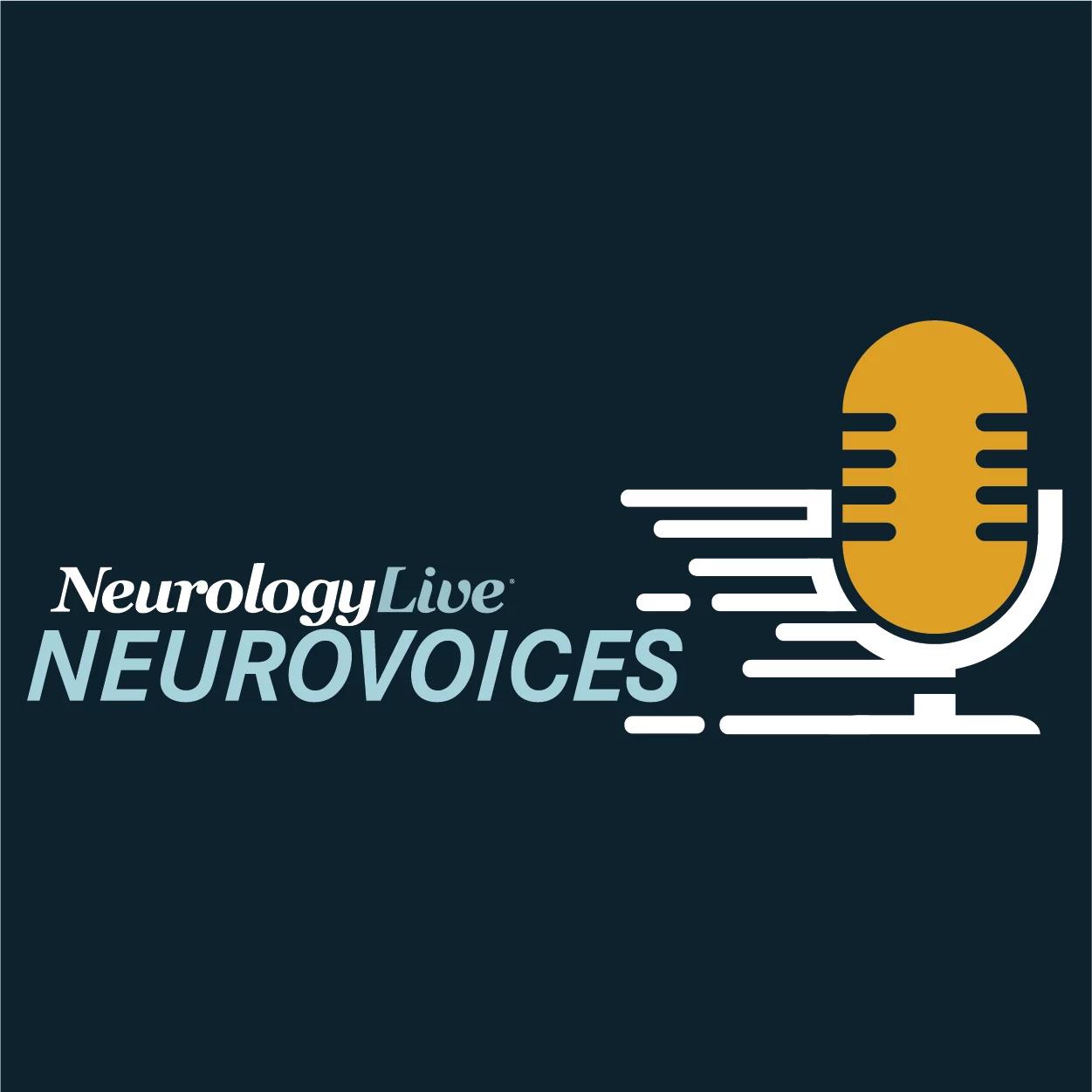Article
Developing Cannabinoid Derivative EHP-101 for Multiple Sclerosis
Author(s):
With a phase I trial of the therapy underway, EHP-101 is one step closer to potentially showing an effect on the pathology of multiple sclerosis.
Jim DeMesa, MD, MBA, the chief executive officer of Emerald Health

Jim DeMesa, MD, MBA
Although cannabinoids have increased their reach in the conversation about possible therapeutic options in many neurological disorders, there is limited research into their effectiveness in multiple sclerosis (MS).
In the past few years, experimental evidence has emerged suggesting an effect of cannabinoids on some of the fundamental processes of the disease, specifically anti-inflammation, remyelination, and neuroprotection. However, a definitive answer has yet to be fully elucidated.
Which is where Emerald Pharmaceuticals’ EHP-101 is attempting to step in. An oral formulation of VCE-004.8, a cannabinoid derivative, a phase I trial of the therapy in healthy volunteers was recently initiated to assess its tolerability and safety. To provide the physician community further insight into the therapy’s development and its subsequent trial, Jim DeMesa, MD, MBA, the chief executive officer of Emerald Health, spoke with NeurologyLive in an interview.
NeurologyLive: Could you provide some background on EHP-101’s development?
Jim DeMesa, MD, MBA: All the way back to 15 years ago, 2 guys—our chief scientific officer, Eduardo Muñoz, MD, PhD, and a colleague of his Giovanni Appendino, PhD—they hooked up and started doing research on manipulating cannabinoid molecules, cannabis molecules like CBD and THC and CBG. To make a long story short, what they ended up coming up with are 2 series of molecules, 1 series derived from CBD, cannabidiol, and 1 series derived from CBG, cannabigerol. There are 14 different molecules in the CBD derivative, 1 of which has become now EHP-101. It’s 1 of those 14 molecules, which were designed specifically by these guys to affect targets in the body that CBD and CBG alone don’t affect.
From the standpoint of our development, Emerald Health Pharmaceuticals acquired these series of molecules—these new chemical entities. We’re taking 1 of these molecules, EHP-101 into development for MS and scleroderma and the reason for that is that when this molecule was screened for its activity, it was found to affect the validated targets associated with these 2 diseases. Specifically, the PPAR-γ (peroxisome proliferator-activated receptor gamma) and the HIF (hypoxia-inducible factor) pathway, all of which have been published to be affected in these diseases.
When we acquired these molecules about 2 years ago—my background is drug development, and these guys who discovered these molecules are scientists, and they had no knowledge of how to take it to the next step. So, we took it all through preclinical development, formulation and manufacturing scale up. Now we have a molecule that’s been manufactured with good manufacturing practices and facilities under GMP, and we have a formulation that improves and increases the bioavailability of the molecule. We’ve done all the GLP preclinical and toxicology work that’s necessary to get into humans.
What is the trial design going to look like and what are the goals?
It’s designed in 2 parts: a single-ascending-dose (SAD), and a multiple-ascending-dose (MAD). In the first part of the design of the trial, as it’s called, 1 dose is given to patients—the first 2 sentinel subjects were dosed [the other] week.
The goal of this study is basically 3-fold. One is to evaluate the safety and tolerability and make sure that it is safe, and it is tolerable. In the preclinical results, it was very safe and very tolerable. It is a cannabinoid because it is derived from CBD and we know CBD is very safe, so it should retain the safety of that. That’s the first objective, as it usually is in phase I. Secondly, we’ll evaluate 2 things: the pharmacokinetics profile and pharmacodynamics profile, to see how it interacts in the blood and what levels get in there. Thirdly, and importantly for us in phase I, is to be able to get some indication of the potential efficacy of the drug candidate by looking at some biomarkers. Biomarkers that are implicated in neuroprotection or inflammation or angiogenesis, which are the key components of the targets that our molecule addresses. We may even be able to get a sense in this phase I study, from these biomarkers that we’ll be testing, that it is actually doing what we’ve seen in the preclinical models.
What is the plan for the next step, in phase II?
We’re already ramping up to start phase II. We’re doing phase I in Australia for a couple of reasons, one being financial, and secondly because it would have taken us a bit longer to get into phase I in the United States, given that this is a cannabinoid—although we don’t believe it is a controlled substance because it’s a new chemical entity. But going into phase II, we plan to do the study in Australia and the United States, potentially in Canada as well, so we have had a pre-IND meeting with the FDA to make sure that the phase I study that we’re doing in Australia will support phase II in the United States. We got a very good response from the FDA, and we did everything that they recommended to make sure that the phase I was going to be appropriate for phase II in the United States, and we’ve also now developed the protocol for our phase II studies.
We actually have formed 2 very credible and important clinical advisory boards, 1 for MS and 1 for scleroderma. These clinicians are in the top 5 in the world in these particular diseases. That’s part of what we’re doing to prepare ourselves, going into phase II. We’re planning to do that toward the end of next year.
How could this impact MS? What could the potential of this therapy be?
That is the key. There has been some work done with CBD and other molecules in the cannabis plant for things like spasticity. We just had the approval of GW Pharma’s molecule for certain types of childhood seizures, which it worked very well for. But these cannabis molecules, like CBD, they can help the symptoms of these diseases, like reducing pain or seizures or easing spasticity, but they won’t change the course of the disease. They’re not disease-modifying. Our molecule, with its unique mechanism of action that affects the validated targets of these diseases, like MS, can potentially change the course of this disease or, ideally, possibly cure the disease.
For example, the 3 targets that we are affecting, which no other drug that we know of does, are PPAR-γ, which has been implicated in the pathology of MS and it’s validated—it’s anti-inflammatory and neuroprotective; CB2, which is also anti-inflammatory and antioxidative; and, importantly, the HIF pathway, which is partly responsible for post-natal myelination. What we expect is that if our molecule can do what it’s done in animals, which is prevent demyelination and possibly affect remyelination, then this is a game-changer. It will potentially cure the disease, or at least halt the progression of the disease. No other drugs can do that. They’re basically all symptomatic and help the issues, but they won’t change the course of the disease.
What is the most important thing for the clinician community to keep an eye on with regard to this?
There are 2 things. One, and I know this by firsthand knowledge, is our clinical advisory board. We were only about to attract these top clinicians in the world because of the mechanism of action of the molecule. They know what is causing MS and what the validated targets are, and they saw that we have a molecule that affects all these targets. They looked at the preclinical data and they said, if this can happen in humans, this is a game-changer and we can treat this disease rather than just put a Band-Aid on it. Secondly, is making sure that it does do what it’s supposed to do in humans, and what we’ve seen in animals. That’s what they need to look out for in phase II. That it is actually reducing inflammation, providing neuroprotection, and even preventing demyelination or potentially affecting remyelination.
And we’ll be looking at biomarkers in phase II. There’s a biomarker called neurofilament-light chain, which has now been shown to be indicative of progression of MS. If we can show in phase II that neurofilament-light chain is being affected in a positive way, then that can indicate that we are affecting the disease fundamentally. That’s why we’ve been able to attract these top clinical advisory board members. They haven’t seen any molecule that has this combination of mechanisms of action that are specifically targeted for MS.
This is the first patented CBD derivative that’s a new chemical entity that’s in clinical development. We want to make sure that people don’t mistake this for medical marijuana. This is a new chemical entity that has no psychotropic effects. There’s no THC, there’s no CBD, it is a new molecule that is a cannabinoid.
Transcript edited for clarity.
Newsletter
Keep your finger on the pulse of neurology—subscribe to NeurologyLive for expert interviews, new data, and breakthrough treatment updates.




